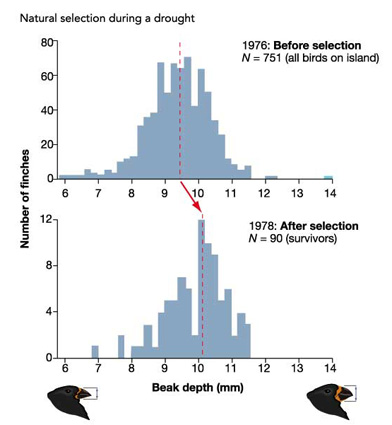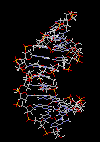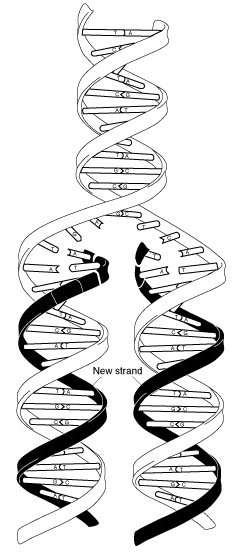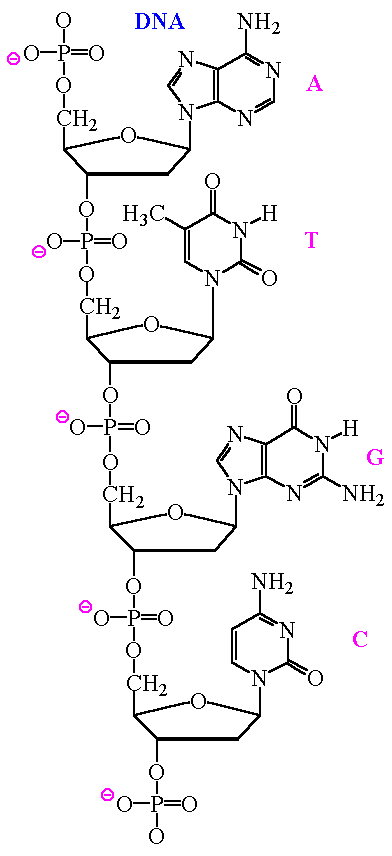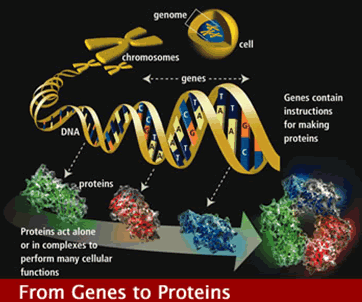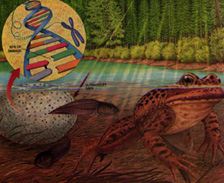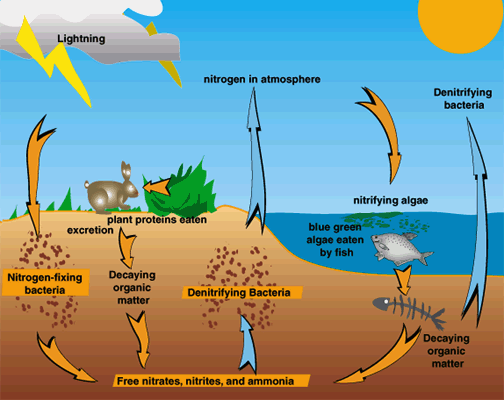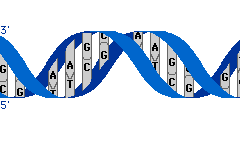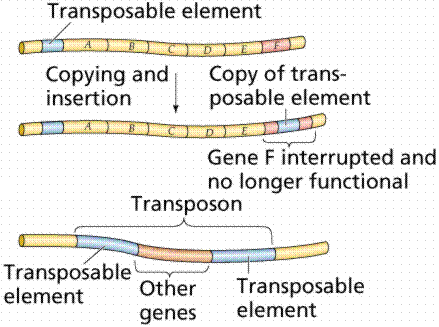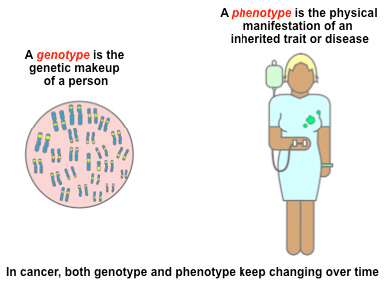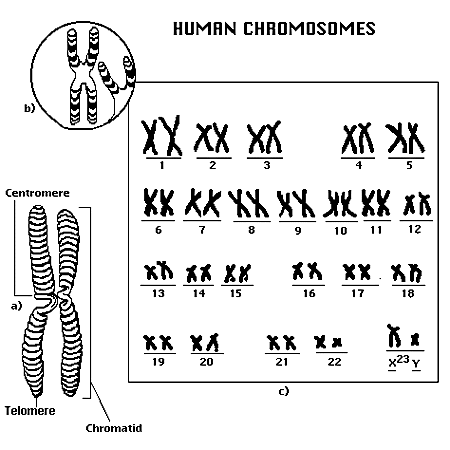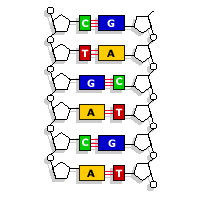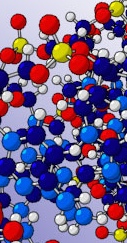Genetic Instructions
The study of inheritance should have found Darwin's contingent ideas wrong; did they? Why not?
Phenotypic variability of populations
The nitrogen base pairs; classed as purines and pyrimidines.
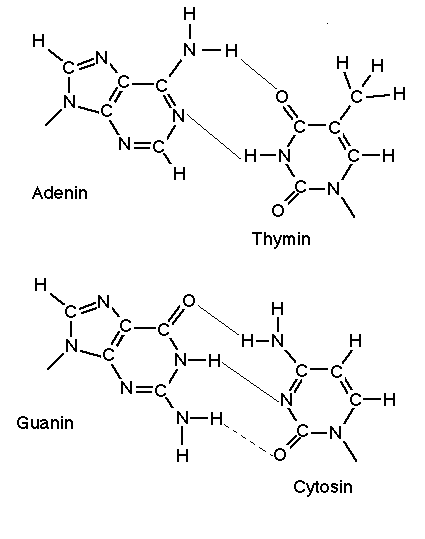
The genetic code molecules: tiny steps of the nucleotide; the four base pairs.
Three billion of these nitogen base pairs are in most human cells.
![]()
"And we marveled at how simple the answer seemed to be."
"Protein synthesis can be divided into three parts: . . . "
p. 65.
Search
"For almost fifty years, we lulled ourselves into believing that in discovering the the molecular basis of genetic information, we had found the 'secret of life'; we were confident that is we could only decode the message in the DNA's sequence of nucleotides, we could understand the program of what makes and organism what it is. . . . how simple the answer seemed to be."
Keller, Century, p. 7.
"This is the assembly of life that took a billion years to evolve. It has eaten the storms – folded them into its genes and created the world that created us. It holds the world steady."
Edward O. Wilson, The Diversity of Life, p. 15.
Nitrogen cycle's pathways to solubility.
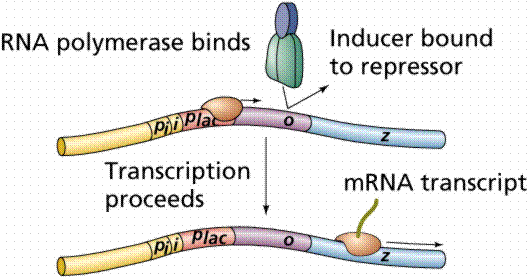
Plasmids are sections of DNA that can reorganize a "gene," or an organism's capabilities to make proteins.
Types are:
The histone is a protein that holds the "secret of life" literally!
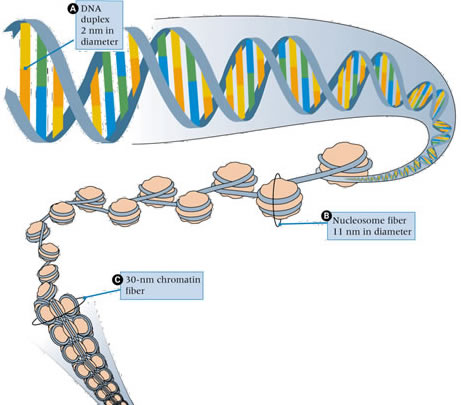
"But in cells DNA is not free, it is wrapped around nucleosomes (which are octamers of 4 different histones)."
The Lucchesi Lab: Emory University
nm means nanometer, a minute unit of measure.
Chromatin "The specific structure of the chromo tin is now recognized as playing a crucial role in gene expression and might be said to constitute the most immediate context of the genetic material."
"These structures play a crucial role in gene regulation, DNA repair, and reproduction."
Keller, pp. 90-91.
Summary:
" . . . we need to be examine the particular ways in which terms like gene, gene action, genetic program have participated in shaping the biological landscape of the scientists doing that work."
Keller. p. 139.
"Gene" is a convenient term that obscures as much as it reveals.
The "secret of life" or DNA code is necessary, but not sufficient, to comprehend heredity, let alone heritable traits.
The binary sequence of DNA is associated with RNA, proteins and methylation in regulating cellular and organismic reproduction.
The materiality of inheritance is far more a performance than a script, score, or "blueprint" for an organism's appearances, functions, behavior, and endurance.
We do not see the world as it is constructed of its more elemental parts; instead we see merely its display of apparent capabilities, disturbances, or damages.
 Evelyn Fox Keller, The Century of the Gene
Evelyn Fox Keller, The Century of the Gene
When did it happen?
1900, Mendel's path-breaking work is revived.
1906, the word Genetics is used by William Bateson to an International Congress of Botany.
1909-11, the term gene is used from pangene and genus by Wilhelm Ludvig Johannsen to describe the materiality of heritable traits.
1943, DNA as the "carrier of biological specificity in bacteria" revealed by Avery, MacCloed, & McCarty's work.
1949, Barbara McKlintock described transposons or jumping genes. See link here.
1953, DNA's structure was discovered by five people; the big four are: Rosalind Franklin, Maurice Wilkins, James Watson, & Francis Crick; ( Linus Pauling was the fifth researcher ) Deoxyribonucleic acid.
1956, Alexander Rich took single helix RNA and created a double helix of RNA. See link here.
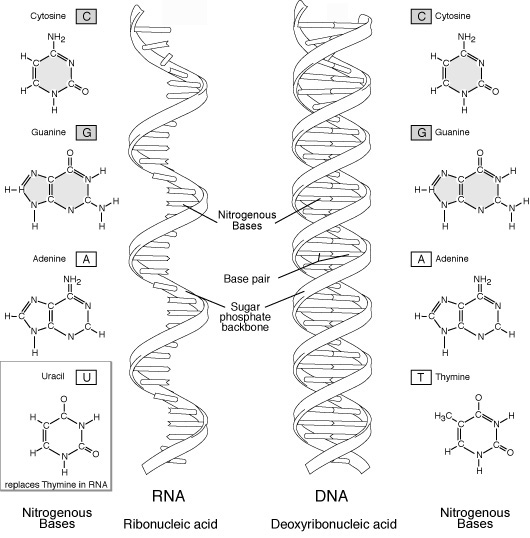
1959, François Jacob & Jacques Monod distinguish structural from regulator genes with respect to timing of transcription.
1989, The Human Genome Project was started to map the entire human DNA nucleotide sequences that encode for proteins.
1999, cloning of a sheep embryo (that cloned sheep is now deceased)
2004, RNAi suppression of DNA genotypes
This book’s synopsis & themes
Introduction pp. 1-10.
- Chapter 1 -- how the regulation of genetic ( a process of change) stability occurs? pp.11-44.
- Chapter 2 -- what does a gene do? (function and causation) pp. 45-72.
- Chapter 3 -- how do genetic (genotypes and phenotypes) factors lead to a functioning (or malfunctioning) organism? pp. 73-102.
- Chapter 4 -- What keeps development on track? pp. 103-132.
- Chapter 5 -- conclusion; What are genes for? pp. 133-148.
